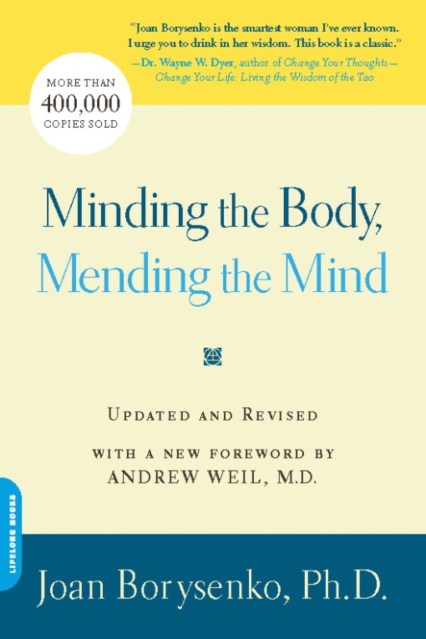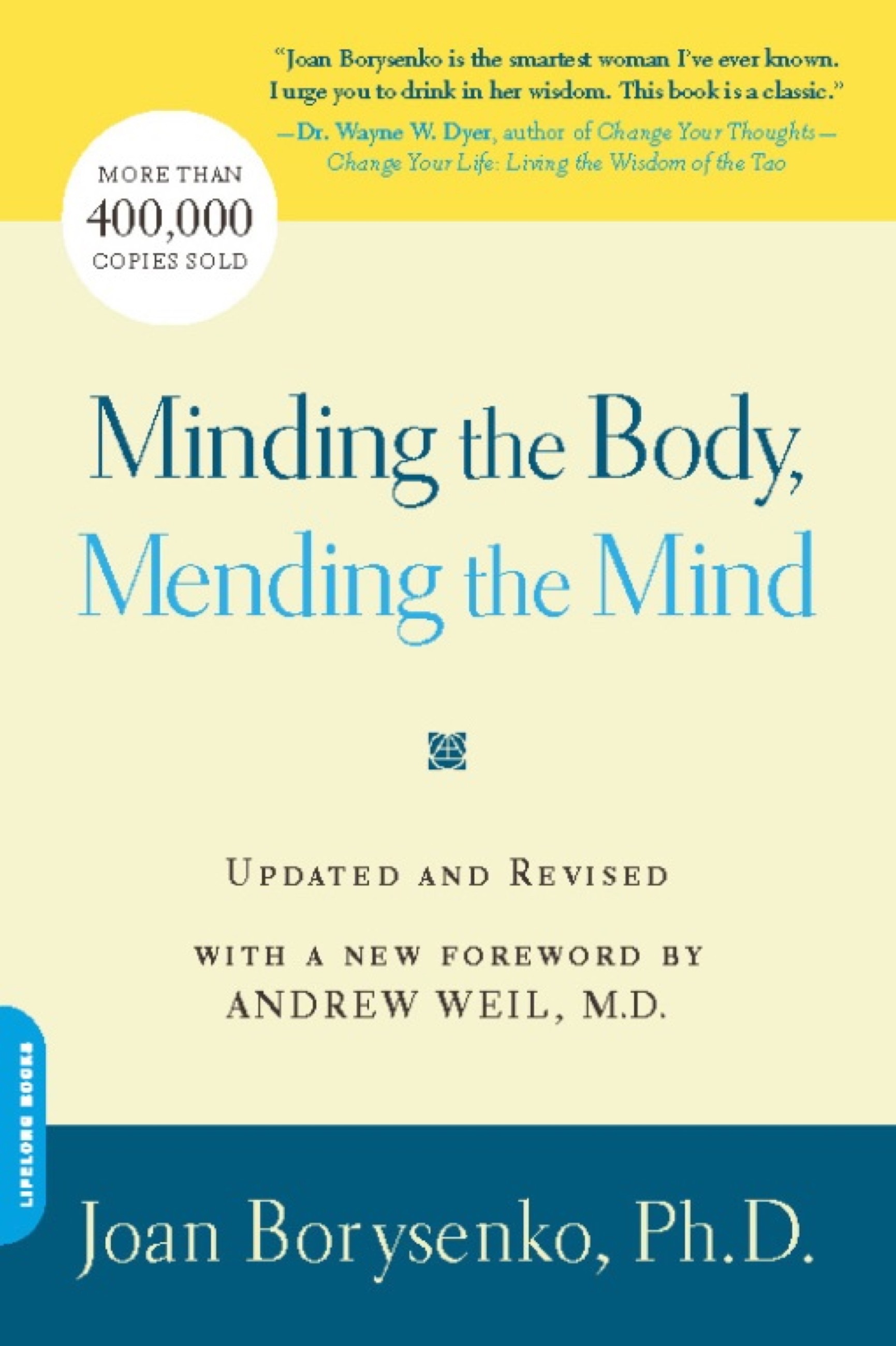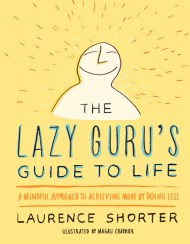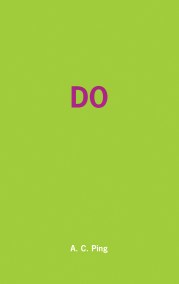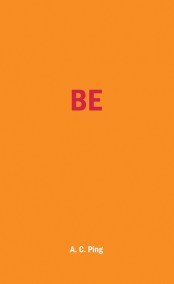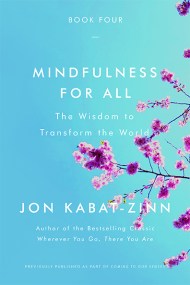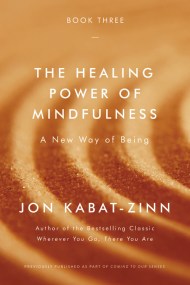Promotion
Use code MOM24 for 20% off site wide + free shipping over $45
Minding the Body, Mending the Mind
Contributors
Formats and Prices
Price
$11.99Price
$14.99 CADFormat
Format:
- ebook $11.99 $14.99 CAD
- Trade Paperback $18.99 $24.99 CAD
This item is a preorder. Your payment method will be charged immediately, and the product is expected to ship on or around November 13, 2007. This date is subject to change due to shipping delays beyond our control.
Also available from:
The New York Times bestseller — “practical, easy to understand, and based on solid research that you can trust…an inspiring exploration of what it means to be fully human” (Andrew Weil, MD)
Based on Dr. Borysenko’s groundbreaking work nearly thirty years ago at the Mind/Body linic in Boston, Minding the Body, Mending the Mind continues to be a classic in the field, with time-tested tips on how to take control of your own physical and emotional well-being. The clinic’s dramatic success with thousands of patients — with conditions ranging from allergies to cancer — offers vivid proof of the effectiveness of the mind/body approach to health and its power to transform your life. With tips on how to elicit the mind’s powerful relaxation response to boost your immune system, cope with chronic pain, and alleviate symptoms of a host of stress-related illnesses, this book is a must-have for anyone interested in taking an active role in their own healing.
Based on Dr. Borysenko’s groundbreaking work nearly thirty years ago at the Mind/Body linic in Boston, Minding the Body, Mending the Mind continues to be a classic in the field, with time-tested tips on how to take control of your own physical and emotional well-being. The clinic’s dramatic success with thousands of patients — with conditions ranging from allergies to cancer — offers vivid proof of the effectiveness of the mind/body approach to health and its power to transform your life. With tips on how to elicit the mind’s powerful relaxation response to boost your immune system, cope with chronic pain, and alleviate symptoms of a host of stress-related illnesses, this book is a must-have for anyone interested in taking an active role in their own healing.
Genre:
-
"An elegant and credible blend of modern psychology and medical science that allows us to get in touch with our higher self to experience the field of infinite possibilities and brings us healing and wholeness in our busy world."Deepak Chopra, author of Buddha: A Story of Enlightenment
-
"Joan Borysenko is the smartest woman I've ever known. I urge you to drink in her wisdom. This book is a classic."Wayne W. Dyer, author of Change Your Thoughts-Change Your Life: Living the Wisdom of the Tao
-
"Whether you're a young person who hopes to live a healthy, vital, and happy life; an older person who is trying to age well and maintain your energy level and physical function; a stressed-out person yearning for balance; or someone with an acute or chronic illness that you'd like to address on all levels-body, mind and spirit-this book can help you. It's practical, easy to understand, and based on solid research that you can trust. Furthermore, Minding the Body, Mending the Mind is an inspiring exploration of what it means to be fully human-present in each moment with an open mind and an open heart. In the last analysis, that may be one of the best definitions of well being and what it means to live your best life."Andrew Weil, M.D., from the Foreword
-
"Dr. Borysenko's groundbreaking first book about the interdependency of the mind and body and the power of meditation to heal is as relevant and intriguing today as it was twenty years ago when it was first published. Her scientific perspective, clear language, and sincere appreciation for the healing journey of the body and spirit make this book a practical and heartfelt guide for all people on a path of self-discovery. . . . Minding the Body, Mending the Mind is intelligent, easy to read, experiential and in-depth, but above all, what I appreciate most is Dr. Borysenko's understanding of the human spirit and the challenges involved in the process of healing. It is this compassionate consideration that makes this a necessary read for all interested in living a happier, healthier, and more integrated life."Seane Corn, Yoga Instructor, National Yoga Ambassador for Youth AIDS and co-creator, "Off the Mat, Into the World"
-
"Dr. Joan Borysenko is a venerated pioneer in behavioral medicine and psychoneuroimmunology. In her brilliant best selling primer, written in 1987, she described how to use the mind body connection for healing and wholeness. In these times of increased stress and anxiety, the now classic Minding the Body, Mending the Mind, beautifully updated, is more important than ever. We owe it to ourselves and our patients to stay current with the latest evidence-based advances in healing. Joan has made that easy with this superb new edition."Janet F. Quinn, PhD, RN, FAAN, Associate Professor, Nursing, University of Colorado
-
"Offers a practical approach to relieving stress and anxiety."Curve
- On Sale
- Nov 13, 2007
- Page Count
- 272 pages
- Publisher
- Da Capo Press
- ISBN-13
- 9780786750054
Newsletter Signup
By clicking ‘Sign Up,’ I acknowledge that I have read and agree to Hachette Book Group’s Privacy Policy and Terms of Use
